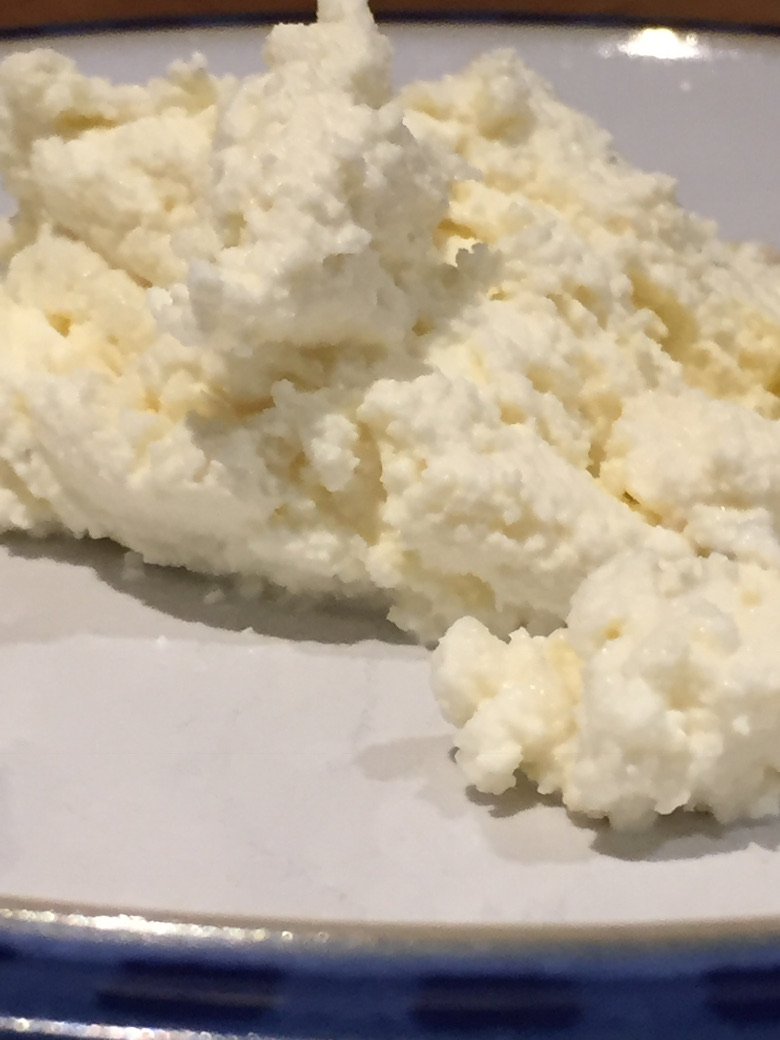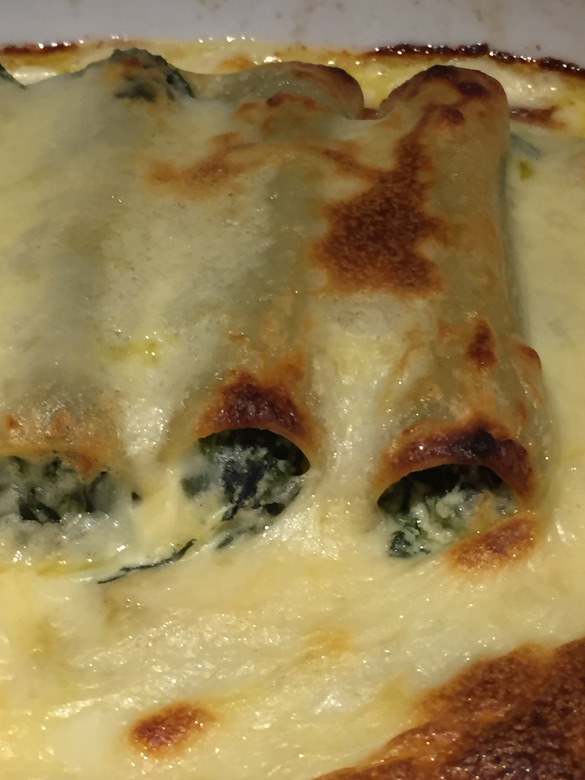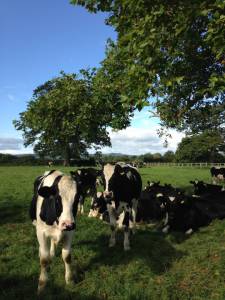 This month I have turned my attention to simple homemade dairy products – namely ricotta cheese and yoghurt.
This month I have turned my attention to simple homemade dairy products – namely ricotta cheese and yoghurt.
It seems only fitting as we both love cheese and the West Country is renown for its production. Indeed you can buy many locally sourced cheeses from Silverstreet dairy in Ilminster. The farm was principally a dairy farm until the late 1990’s and indeed the site where the Shepherd huts are now made was the milking parlour and buildings where the cows were housed in Winter. The field that the Huts are located was prime grazing and our drive was used by the cows to come in for milking. I can remember getting fresh milk and cream from the farm throughout my childhood.
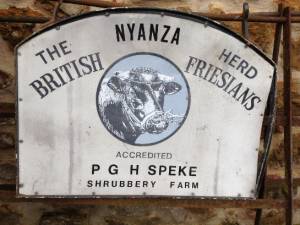 My reasearch suggested that my first foray into cheese making should be kept simple and nothing could be easier than Ricotta.
My reasearch suggested that my first foray into cheese making should be kept simple and nothing could be easier than Ricotta.
Ricotta has been made in Italy since the Bronze age and was typically made from the left over Whey of the cheese making process. Hard matured cheeses are made from the Curd – coagulated milk proteins and the left over liquid is called Whey. This could be acidified by adding lemon juice and then heated to encourage the remaining proteins to coagulate into delicate strands then seperated by sieving to obtain the Ricotta. Unlike hard cheeses this delicate cheese had a short life span and so was often made by householders and shepherds for their own consumption.
Here for simplicity I will be using Whole milk but semi-skimmed can also be used.
To make 250g of Ricotta you will need;
1 Litre of milk
50mls (approx 2 lemons) lemon juice
100mls Double cream (Optional though cheating slightly this really enhances the Ricotta)
Pinch of salt
Fine cheese cloth, colander, saucepan.
Method – heat the milk in a saucepan to over a medium heat and add the lemon juice. Keep over a medium heat and stir every few minutes for about half an hour, you will see the milk separate into Curds and Whey. If you have a thermometer heat to 190F / 87C. Then remove from the heat and leave for at least 10 minutes to allow the curds and whey to further seperate. Then strain through the Cheesecloth and discard the liquid. Squeeze gently and add the salt (and cream if desired) to the Ricotta. Place in the Fridge for 10 mins to solidify and it is ready.
I have used the ricotta with Spinach and Wild Garlic from the woods to fill Cannelloni.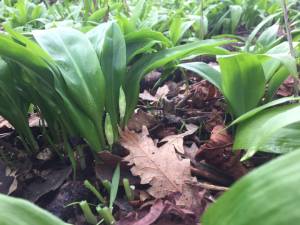
Wilt 400g Spinach and 50g Wild Garlic Leaves and combine with 250g freshly made Ricotta.
Pack this into about 16 Cannelloni and set aside
Make a roux by combining equal amounts of melted butter and plain flour in a pan, to this add 300mls milk and 100g cheddar and stir until thickened and the cheese melted. Pour over the filled Cannelloni.
Place in the oven at 160C Fan for 30 minutes,
then….. ….Enjoy
Yoghurt Making yoghurt couldn’t be simpler though my method cheats a little, it is however safe.
To make copious amounts of fresh natural yoghurt you will need
900mls UHT semi-skimmed or whole milk
4 tablespoons of Fresh shop bought Natural Yoghurt (the cheating bit !)
A Yoghurt maker – available through Lakeland or other shops this is basically an incubator that can warm the Milk and yoghurt to allow the bacterial culture to multiply in a steady environment.
Method – add the Natural Yoghurt to the UHT Milk and place in the yoghurt maker for 8-10 hours. That’s it.
Now enjoy with fresh fruit – the possibilities are endless.
